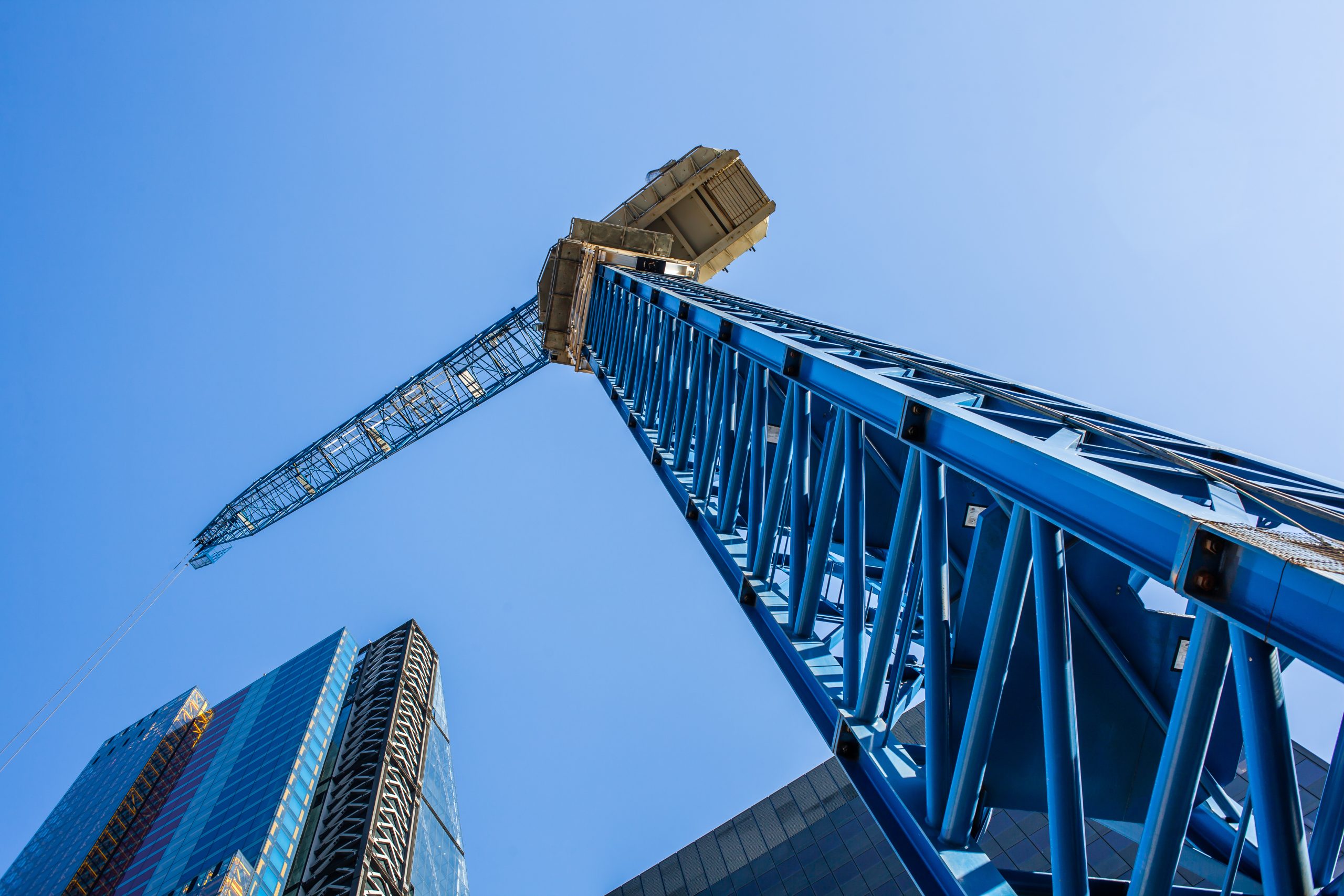
News
Business Operations
Cranes
Lifting Equipment
Safety & Risk Management
New comprehensive best practices guide for tower crane operation, erection now available
November 16, 2022 By Don Horne

The Residential Construction Council of Ontario (RESCON) and its industry partners have released a comprehensive best practices guide which is targeted to serve builders and trade contractors when erecting, operating and dismantling tower cranes.
“Health and safety is our top priority. Through the use of a continuous improvement model, we will continue to focus on the safety of the residential construction sector,” says RESCON VP Andrew Pariser, who is chair of the association’s safety committee. “By documenting best practices that exceed legislative and regulatory requirements, we can make meaningful safety improvements. The code of practice was put together with input from various associations, engineers, suppliers, and health and safety professionals.”
The document, officially called the Construction Industry Code of Practice: Safe Use of Tower Cranes, outlines what mechanical, electrical and structural inspections are required prior to erecting a tower crane on a building site, the methodologies and safe practices that should be followed when erecting the crane, and what functional and operational tests are needed before it is put into operation.
RESCON and its members as well as the Ontario Formwork Association (OFA) and James Wilkinson, P.Eng. of Wilkinson Technical Services Inc., played a critical role in developing the guide, along with RESCON’s crane safety committee and health and safety committee.
The guide covers pre-erection inspections and reviews, initial erection on the project, and safe operating practices, including climbing and dismantling procedures. It outlines what inspections must be done, documentation requirements and engineering inspections necessary at the pre-and post-erection stages, and what is required if multiple cranes are on a project. There is a checklist of documents that must be retained at the project by the constructor and project management team.
“The safe operation of tower cranes on construction sites requires the co-operation of everybody involved in a project – from the crane operators who run the equipment to those who oversee the project,” says Wilkinson. “We want to make sure that everyone in the industry understands the requirements and necessary procedures they must follow, including the mandatory documentation they must maintain to ensure construction worksites remain safe.”
The guide is not intended to replace regulatory requirements or applicable codes and standards but will assist constructors in understanding proper procedures that must be followed and documentation that is required. While the primary scope applies to tower cranes, the general practices and procedures for hoisting and rigging set out in the guide may also apply to other hoisting equipment on a project. The code of practice requires a significant expansion of the existing role of the professional engineer in the design, inspection and oversight of tower cranes on construction projects.
“High-rise forming companies are leaders when it comes to health and safety. We want to build on that leadership position and will continue to dedicate resources focused on crane safety,” says Dennis Cancian, executive director of the OFA. “This guide documents existing best practices and will help inform all parties of their responsibilities, making sure everyone is aware of the rules and procedures.”
The guide will be distributed to all RESCON members and sent to the Infrastructure Health and Safety Association and Ministry of Labour, Immigration, Training and Skills Development. RESCON is also planning a crane safety event in January.
Click here for the guide.
Print this page